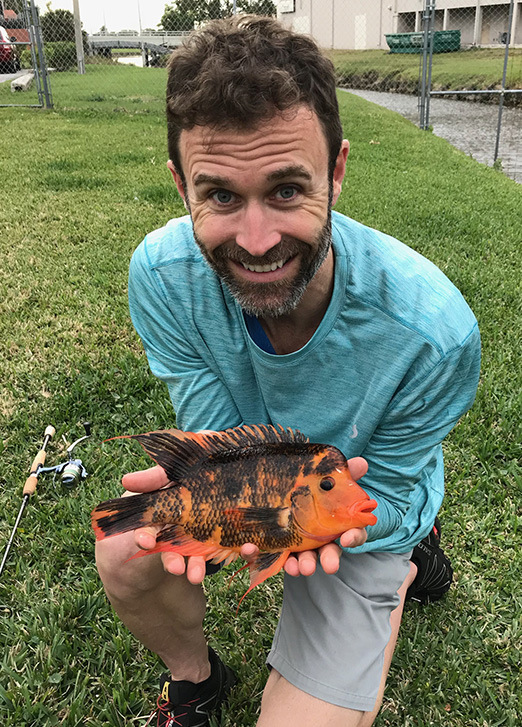The Fish Collection of the Florida Museum of Natural History is second among U.S. collections only to the National Museum of Natural History Fish Collection in Washington, D.C. in number of cataloged specimen lots. The 241,000 cataloged specimen lots (containing 2.5 million specimens) in the collection serve a broad clientele, including scientists and students at the University of Florida (UF), state and local resource managers, and national and international researchers who visit the museum or request loans of specimens to be sent to other universities and institutions. Specimens also are broadly used in teaching courses at UF and by undergraduate and graduate students in degree-related research.
Specimens in the collection are used to conduct taxonomic (describing species), phylogenetic (estimating evolutionary relationships), and biogeographic (explaining distributions), studies. Current studies by UF students use specimens from Florida and elsewhere in the southeastern U.S., Gulf of Mexico, Atlantic Ocean, and Southeast Asia—an area of interest to the current curator of the fish collection. Students learn hypothesis testing, how to generate and analyze morphological and molecular data, 2D imaging, CT scanning, and photogrammetry. As funds allow, some join in fieldwork to add specimens specific to their research, attend scientific conferences, and participate in collection management.
These collections support active research around the world, from physical loans to digitized specimens, and support outreach like museum exhibits and online resources.
Our Carter R. Gilbert Endowment, created in honor of a foundational FL museum curator, supports undergraduate and graduate student education, curation and research in ichthyology at the Florida Museum of Natural History. Consider making a gift today!
Make a gift







